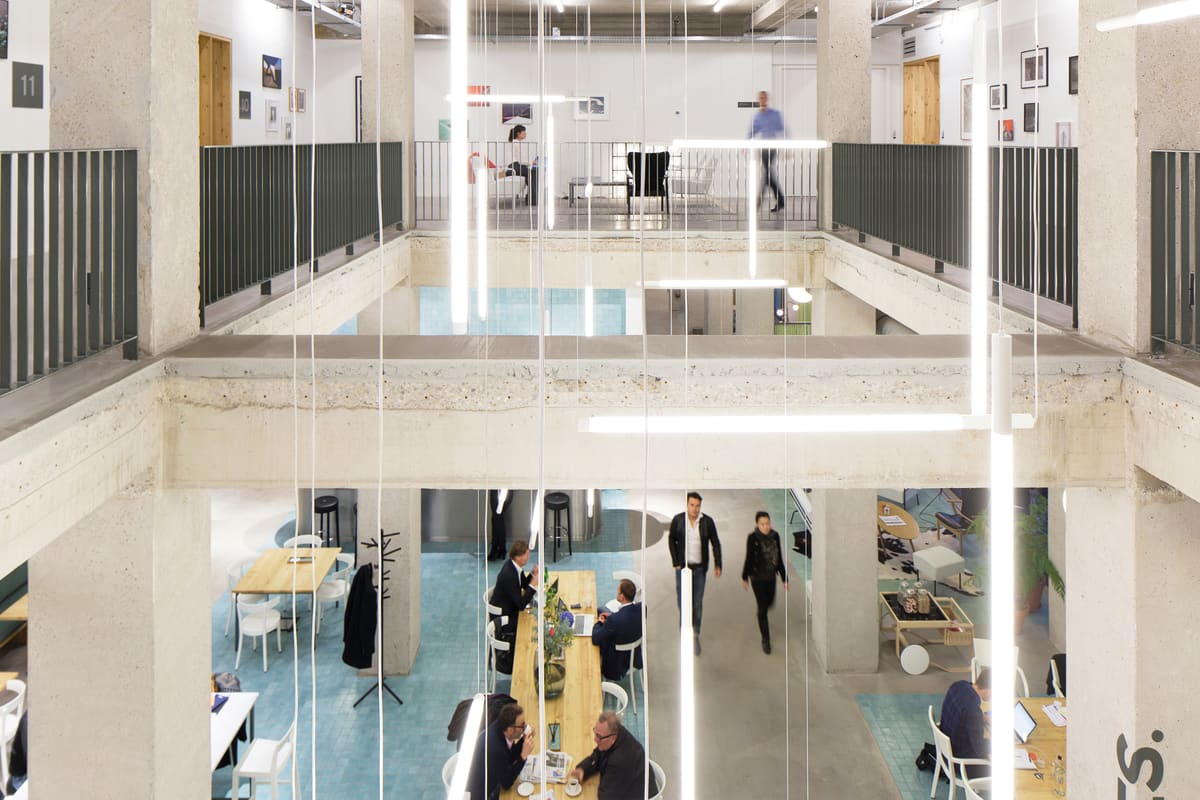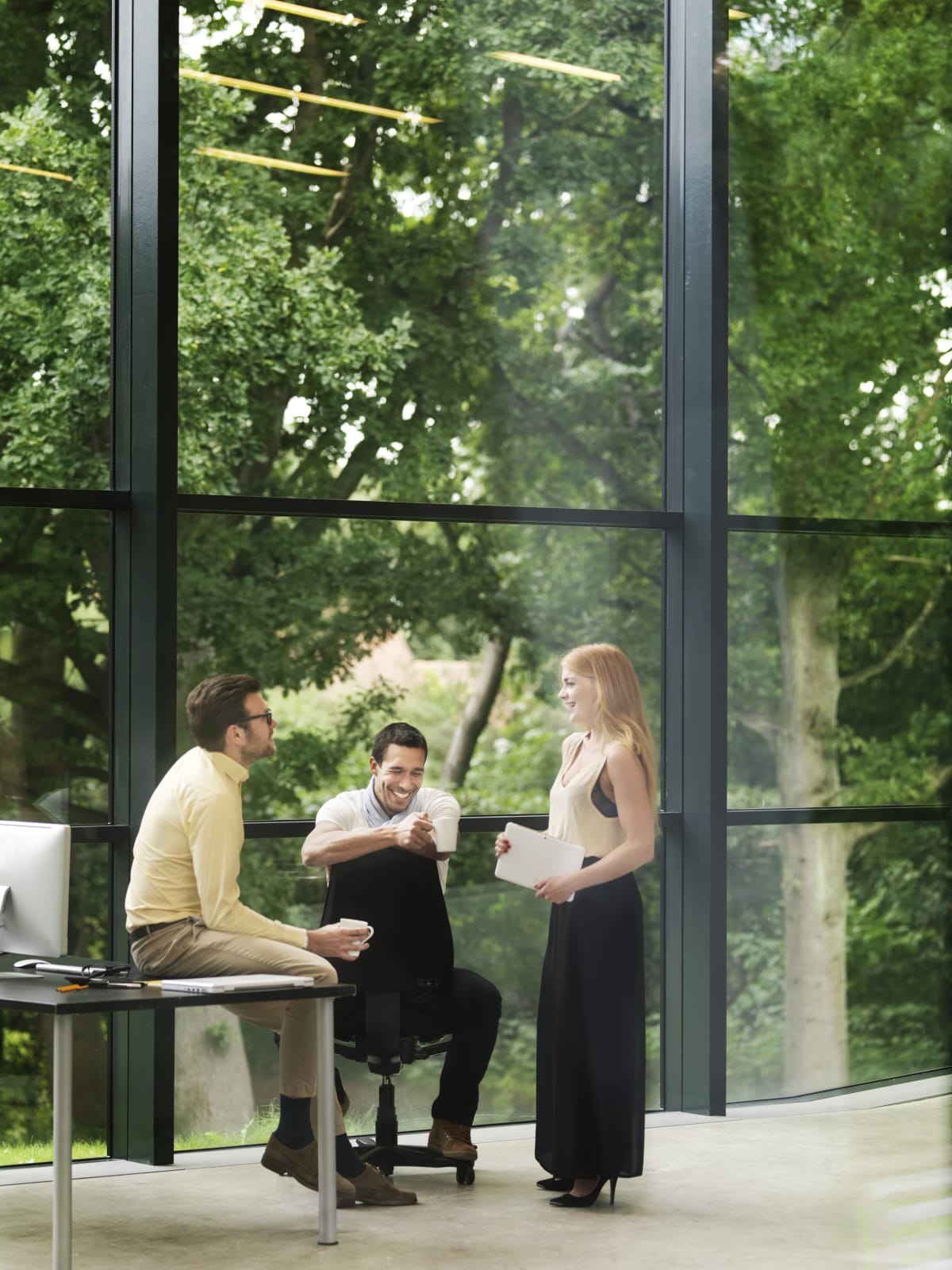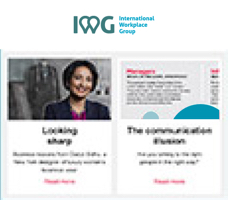HR is being redefined as companies put greater emphasis on employee wellbeing.
Clearly something is afoot when companies start handing out extra holidays. Last summer, Nike, for example, closed its headquarters for a week to give staff some unexpected time off. “Our senior leaders are all sending a clear message: take the time to unwind, destress and spend time with your loved ones. Do not work,” the company’s Senior Manager of Global Marketing Science Matt Marrazzo wrote in a LinkedIn post. Staff were paid during the week off, which Nike said was to “enable employees to enjoy additional time off to rest and recover”.
Dating app Bumble went one step further, telling its 700 employees they could take unlimited paid leave providing they got approval from their manager. “It’s becoming increasingly clear that the way that we work, and need to work, has changed and our new policies are a reflection of what really matters and how we can best support our teams in both their work and life,” said Bumble President Tariq Shaukat.
Similar examples are becoming increasingly common as companies accept that burnout and stress are problems not just for individuals but for businesses, too. According to the American Institute of Stress, firms in the US lose US$300bn per year as a result of absenteeism. But the motives for this new trend for giving workers more time off are not purely financial. The pandemic has encouraged a new sense of empathy in company leaders, who have seen at close hand the psychological strains that employees have experienced over the last two years.
That empathy is reflected in the transition from human resources to human relations, as companies invest in mental health, employee wellbeing and improved lines of communication – reaping a happier and more productive workforce into the bargain.
Hybrid benefits
Hybrid working – where people can work either at home or in a local flexible workspace, with an occasional visit to the head office – is playing a key role in helping companies to reduce stress at work. At its best, the hybrid model embodies respect and personalisation, meaning that no matter what an employee’s needs are, they will always have a place to work that suits them and the flexibility to deliver what is required of them outside the confines of the traditional 9-5 working week. Hybrid working naturally aligns with better mental health because people are less frequently forced to compromise their own needs for those of the company.
Hybrid working also does away with the stress (and expense) of a long daily commute, allowing more time to see family and friends. And at the same time it offers the opportunity to spend time in an office with others whenever necessary, reducing the chance of draining ‘Zoom fatigue’ and offering the opportunity to see and interact with colleagues in the real world.
The increasing importance of human relations in the workplace is one of ten trends identified in IWG’s white paper, The Future of Work: a trends forecast for 2022. You can download it here.






